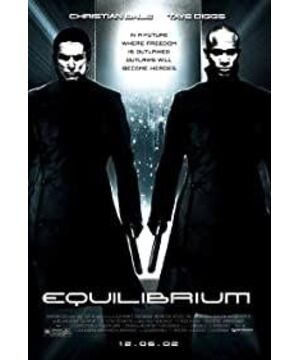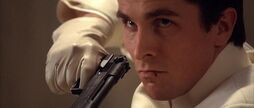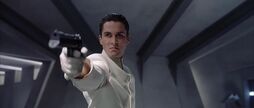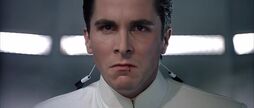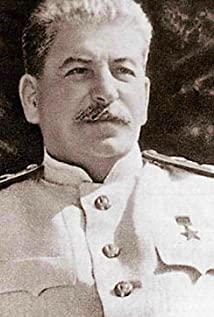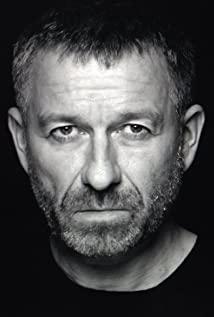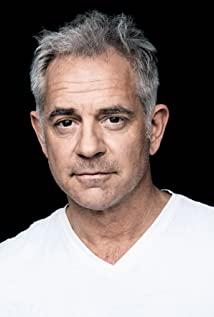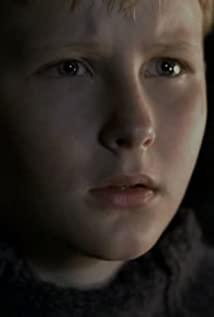I heard that the main feature is that Bell is acting handsome, and he didn't expect much of the plot, but the atmosphere at the beginning was unexpectedly fascinated by me, a gloomy literary style. This kind of conflict between military power and strangled humanities has always hit me, so I was very concerned about the ruined painting, and finally found an easter egg.
That's right, many film critics mentioned that the boss explicitly ordered to destroy the painting and hide it secretly. I won't repeat the subtleties here. Then, what kind of painting is so lucky to have his eyes blue?
This color, this composition... Is Rubens "The Horror of War"?
There seems to be something wrong, let's get a clearer one.
Through comparison, it can be found that the woman holding the lute in the lower right of the original work has changed to the lower left, and the man holding the construction equipment has changed from lying on his side to sitting on his back, and the other characters' movements remain unchanged.
In other words, this is an outrageous fake.
Compared with the original, the woman and the goddess of peace on the left side are mirrored and flipped, which is obviously a fake.
However, the beginning of the film shows that the priest held the authenticity test instrument before the destruction of the painting, and the dignified ultimate boss actually hangs a fake... This should be the director’s black humor-what is the use of pretending to save a few pictures after the art has been destroyed? I can't even see such an obvious fallacy, don't pretend to be forced!
At the same time, in the first painting, Mars, the god of war, steps on the books and paintings, and jewels are scattered all over the place, indicating the destruction of art, which fits the film situation. In the second painting, Athena expels Mars, and the foreground is peaceful and rich, presumably It is a good expectation for the post-revolutionary world.
As for the actual whereabouts...Well, I suspect that it was swallowed by a priest like a collection of poems.
By the way, the poem that Sean Bin read aloud is Yeats’s masterpiece "He wishes for the Cloths of Heaven", also known as Aedh Wishes for the Cloths of Heaven. "He" specifically refers to Aedh, a pale The image of a broken-hearted person, along with Michael Robartes, who represents wisdom, and Red Hanrahan, who represents romance, are also called the principles of the mind in Yeats’ poetry. The whole poem is as follows:
Had I the heavens'embroidered cloths
Enwrought with golden and silver light,
The blue and the dim and the dark cloths
Of night and light and the half-light, changing the night, twilight and day.
I would spread the cloths under your feet:
But I,being poor,have only my dreams;
I have spread my dreams under your feet;
Tread softly because you tread on my dreams. Tread softly because you tread on my dreams.
To interpret, "I" obviously corresponds to Errol (the role of Sean Bin). "You" can either be Mary (the executed woman). Errol is reminiscing the relationship between the two, or the last three lines that appear as lines can be understood separately: Legend has it that when Syracuse was breached, a Roman soldier broke into Archimedes’s house and trampled on the geometric figures Archimedes made on the ground. He angrily rebuked the soldiers: "Don’t break my circle!", So he was beheaded with a sword. The church was empty, Errol slowly flipped through the collection of poems, and Preston stepped forward. The sound was audible, how similar the situation was.
The Mona Lisa will not mention the paintings identified in the film, and the rest are organized as follows, welcome to add:
No flaws were found in these few pictures, so I really mocked the boss maliciously haha.
View more about Equilibrium reviews


